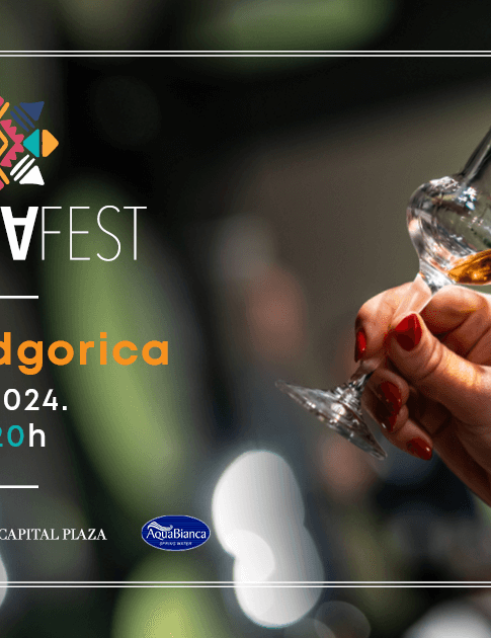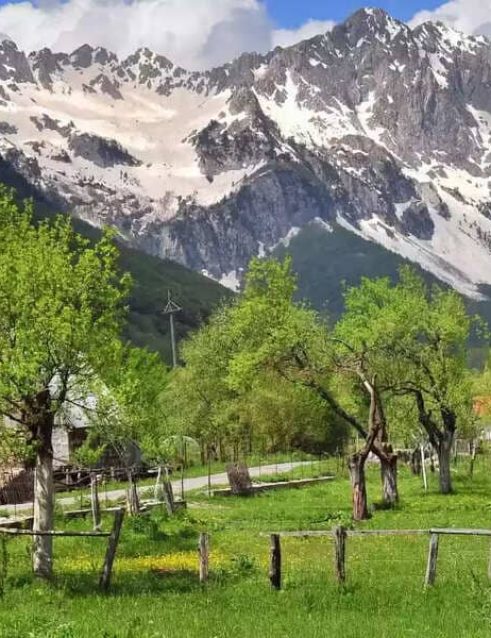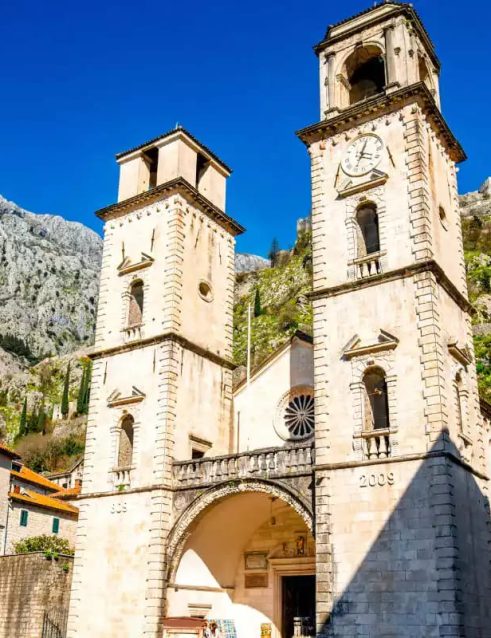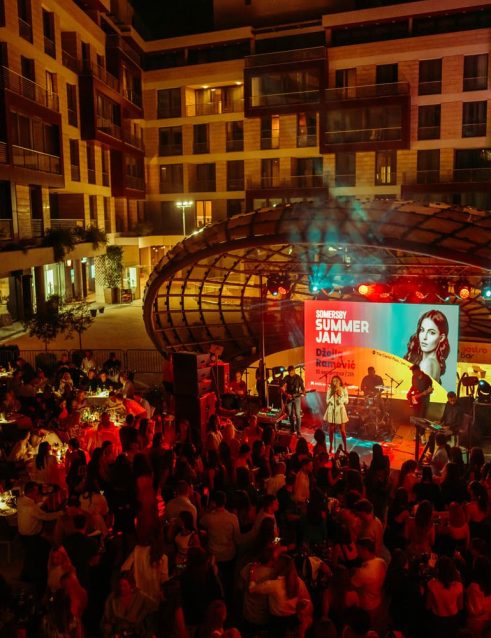Montenegro Alcohol, Rakija: A Traditional Spirit
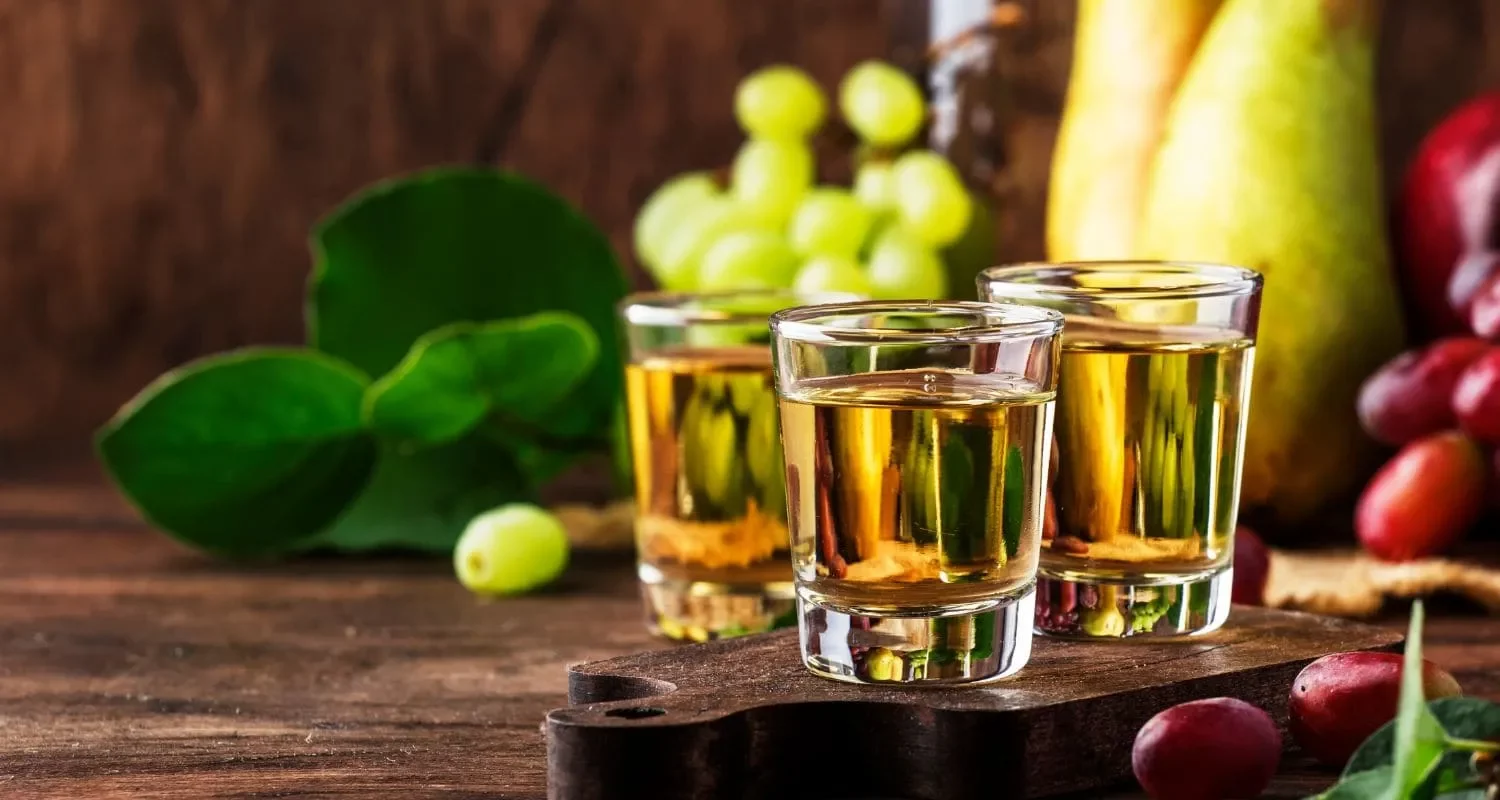
The production of rakija in Montenegro involves careful distillation and aging, often in oak barrels, which enhances its flavor profile. In domestic settings, the alcohol content can reach up to 60% or even higher. Rakija is not just a drink; it’s a tradition, often shared at gatherings and special occasions, where it serves as a symbol of hospitality and celebration.
For those visiting Montenegro, experiencing rakija is a rite of passage. Whatever the occasion for enjoying rakija, this fiery drink showcases the unique flavors and customs of the Balkan region. To learn more about the intricacies of rakija and its role in Montenegrin life, keep reading.
Cultural Significance of Rakija in Montenegro
Rakija holds a prominent place in Montenegrin culture, symbolizing national pride and social unity. Its presence is deeply rooted in traditions and social events, showcasing the Balkans’ rich heritage through this potent spirit.
National Drink and Tradition
Rakija is widely acknowledged as Montenegro’s national drink. This spirit, typically distilled from fruits like plums, grapes, and quince, is more than just an alcoholic beverage. It represents a longstanding tradition dating back centuries. Households often produce their own rakija, a practice handed down through generations.
The drink is celebrated for its versatility and cultural importance. Many Montenegrins believe that their rakija has medicinal properties, often using it for cold remedies or digestive aid. The process of making rakija itself, from fermentation to distillation, is considered an artisanal craft, reflecting the agricultural and familial roots of Montenegrin society.
Rakija in Social Events and Hospitality
Rakija plays a crucial role in Montenegrin social events and gatherings. It is often served during celebrations, including weddings, births, and religious festivals. A key feature of Montenegrin hospitality, rakija is commonly offered to guests as a welcoming drink. This custom underscores its role in fostering camaraderie and goodwill among community members and visitors alike.
The drink is usually accompanied by meze, a selection of small dishes such as cured meats, cheeses, and olives. This pairing enhances the social experience, encouraging conversation and connection.
Production of Rakija
The production of rakija involves a meticulous process that includes fermentation, distillation, and aging in wooden barrels. Each of these steps is crucial in creating the distinct flavors and high-quality alcohol content that rakija is known for.
Fermentation Process
The first step in making rakija is the fermentation of fruit which can include many different types like grapes, plums, pears, quinces, apples, and even walnuts. The chosen fruits are crushed to release their juices, which contain natural sugars.
These sugars are essential for fermentation. When yeast is added to the fruit mixture, it converts the sugars into alcohol. Fermentation usually takes place in large containers and can last several weeks. The key is maintaining a controlled temperature to ensure optimal yeast activity. Homemade rakija producers often use local fruits, resulting in unique regional flavors.
Distillation Techniques
After fermentation, the liquid undergoes distillation. This process separates alcohol from the fermented fruit mixture. Distillation is typically carried out in a special kettle known as a still. The still is heated, causing the alcohol to vaporize. The vapor then travels through a cooling system, where it condenses back into liquid form.
In industrial production, the alcohol content of rakija usually ranges between 40 and 45 percent. However, homemade versions can exceed 60 percent. Quality control during distillation is crucial. Improper distillation can affect the flavor and safety of the drink. The process may be repeated multiple times to achieve the desired purity.

Aged in Wooden Barrels
Aging is a vital step in enhancing the flavor profile of rakija. After distillation, the liquid is often stored in wooden barrels. Oak barrels are particularly preferred as they impart complex flavors and enrich the overall quality.
The barrels are usually left open for a couple of weeks to allow lower-quality alcohols to evaporate. This aging process can last for several years, similar to whiskey production. During this time, rakija absorbs tannins and other compounds from the wood, which contribute to its smoothness and depth of flavor. Aging in glass bottles is also an option, though it does not offer the same flavor complexity as wooden barrels.
Types of Rakija
Rakija comes in various forms, with each type distinguished by the base ingredients and the production process. Fruit varieties and herbal or nut-infused Rakija offer a diverse range of flavors and aromas that cater to different tastes.
Fruit Varieties and Profiles
Fruit-based Rakija is widely celebrated for its unique and rich flavors. Šljivovica (Slivovitz), made from plums, is one of the most popular types and is known for its robust and slightly sweet profile. Viljamovka, produced from Williams pears, offers a delicate and aromatic taste.
Loza or grape Rakija is another common variety, often aged in oak barrels to develop complex flavors. Meanwhile, Apricot Rakija provides a sweet and fragrant alternative. Each fruit influences the final taste profile, making the choice of base ingredient crucial for Rakija enthusiasts.
Medicinal Properties and Usage
Moderate consumption of rakija is believed to support cardiovascular health due to its antioxidant properties, which combat harmful cells linked to heart disease.
The high alcohol content allows rakija to be used medicinally for its antimicrobial properties, often used in folk remedies to treat minor ailments. Many locals apply it topically to reduce inflammation and alleviate muscle pain due to its calming nature.
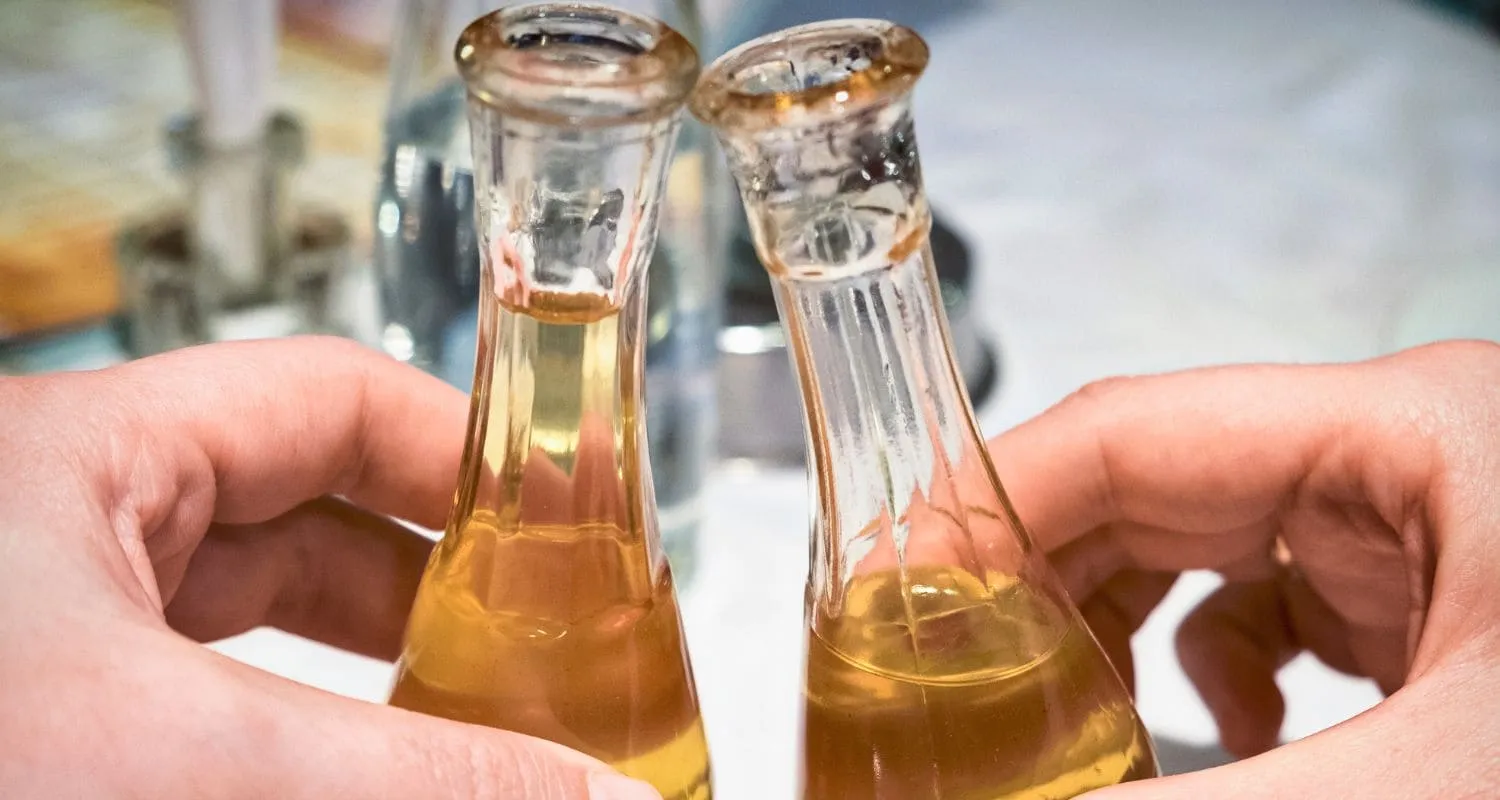
In conclusion, a visit to Montenegro would be incomplete without experiencing the authentic taste of rakija, the traditional spirit that embodies the cultural essence of this beautiful Balkan nation. CUE Podgorica Hotel is an ideal place to stay as it organizes Rakija Fest every December. This event is the perfect opportunity to enjoy various flavors of rakija from Montenegro and the neighbouring regions. Come and join us at CUE Podgorica Hotel to savor the spirit of Montenegro and make lasting memories with rakija as your guide.
Frequently Asked Questions
When considering rakija in Montenegro, it’s useful to know where to purchase it, the typical cost, brands to look for, alcohol content, caloric information, and distinctive flavor profiles.
How can one purchase rakija when in Montenegro?
Rakija can be purchased at local markets, specialized liquor stores, and sometimes at roadside stands. Many visitors also buy rakija directly from local producers for a more authentic experience.
What is the typical price range for rakija in Montenegro?
The price of rakija in Montenegro varies, but it generally ranges from 10 to 25 euros per liter. Prices can be higher for premium or aged varieties.
Are there any specific Montenegrin brands of rakija that are recommended?
Some well-regarded brands of rakija include “Plantaze” and “13 Jul Plantaže.” Homemade versions are also popular and often recommended by locals for their unique taste.
What is the alcohol content typically found in rakija?
The alcohol content in rakija typically ranges from 40% to 60%, but some varieties can have an alcohol content as high as 80%.
How many calories are there in a serving of rakija?
A standard serving of rakija, typically 30-50 ml, contains around 70-100 calories, depending on the alcohol content and the base fruit used for distillation.
What are the unique flavor profiles characteristic of rakija from Montenegro?
Rakija from Montenegro often has strong fruity notes, especially when made from grapes, plums, or apricots. The drink can also have herbal and floral undertones, depending on the local ingredients used during production.




